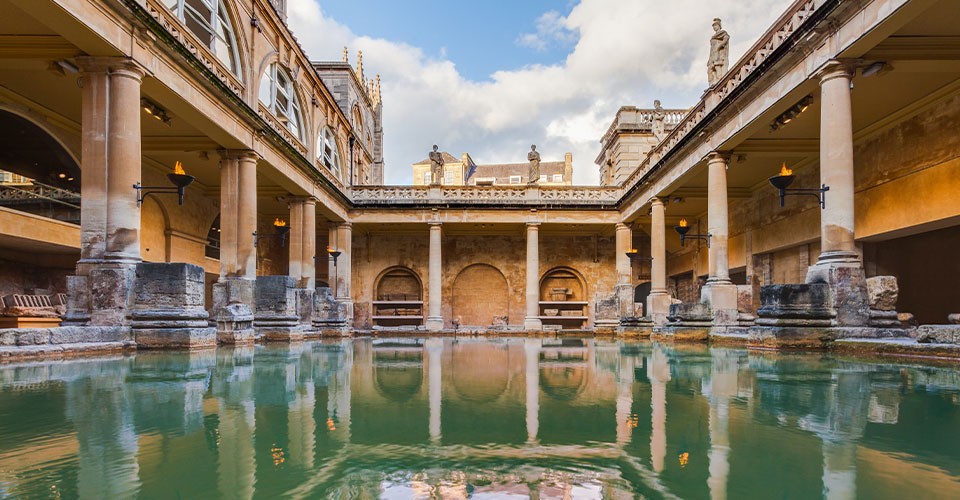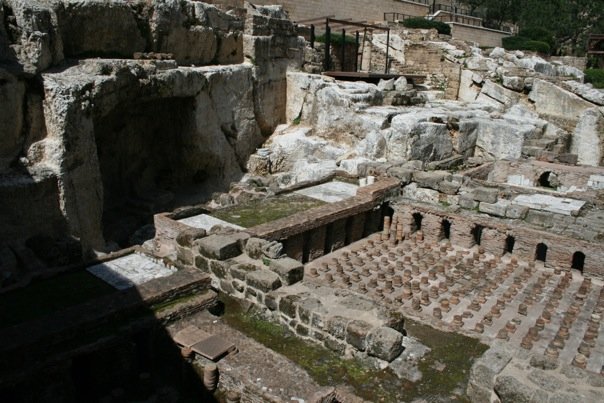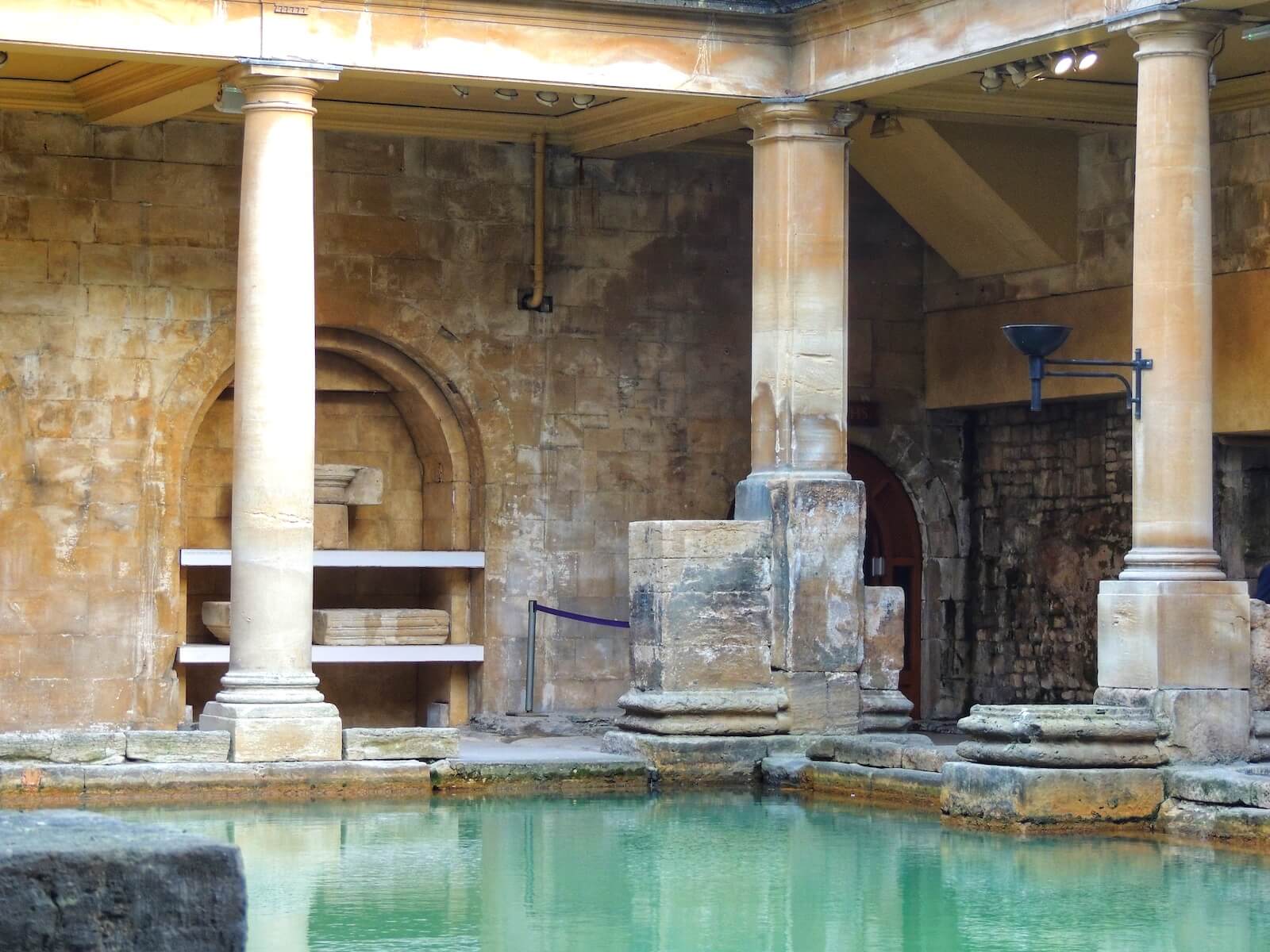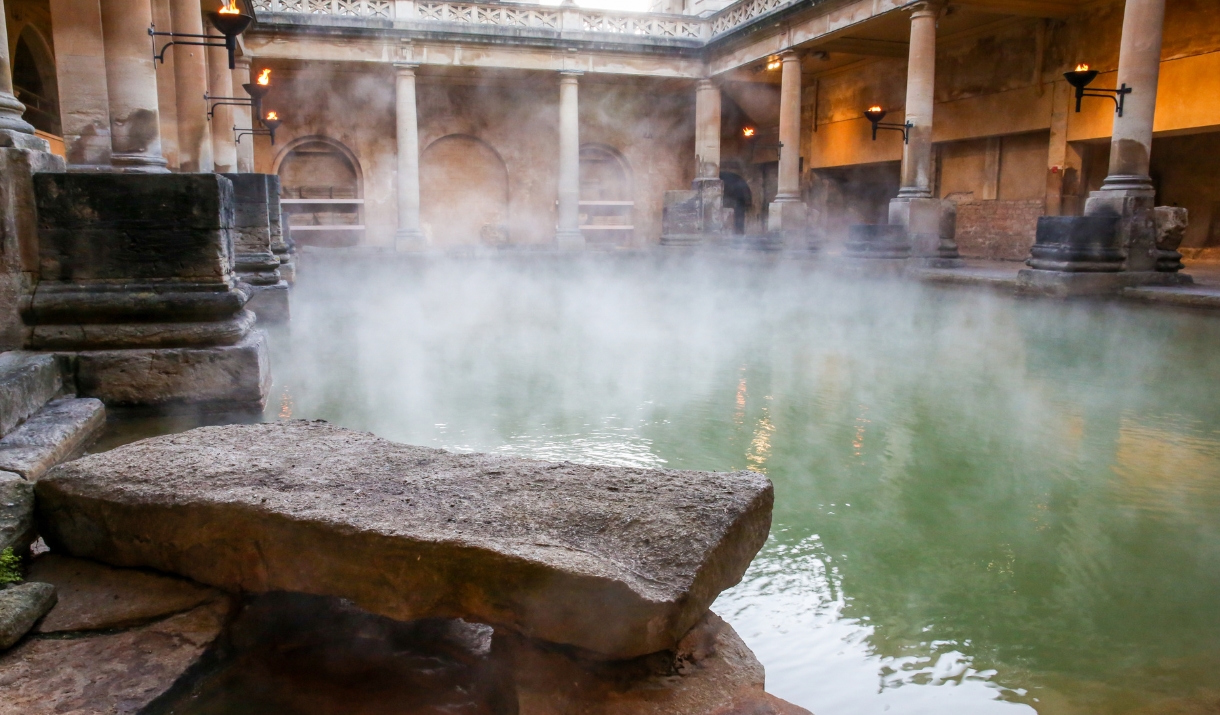Introduction
The Roman Baths, nestled in the heart of the historic city of Bath, England, stand as one of the finest examples of Roman engineering and cultural heritage. Despite their grandeur today, the baths endured centuries of neglect, with much of the site buried under layers of sediment and forgotten by time. Through dedicated restoration and archaeological efforts, this remarkable relic of antiquity has been revived, allowing visitors to witness the ingenuity and artistry of the ancient Romans.

The Hidden Past of the Roman Baths
By the early 1900s, the Roman Baths were a shadow of their former glory. Centuries of urban development and natural deposition had concealed the site beneath layers of debris. As the baths were no longer in use after the Roman withdrawal from Britain, the area became neglected, with the original structures slowly deteriorating. This once-thriving hub of Roman social life became little more than a forgotten relic.

Rediscovery and Restoration
The late 19th and early 20th centuries marked a turning point for the Roman Baths. Archaeologists and historians embarked on extensive excavations to uncover the site, revealing not just the architectural marvels but also a treasure trove of artifacts. These included:
- Coins and Personal Belongings: Offering insights into the lives of bathers and the economy of Roman Britain.
- Lead Curses (Defixiones): Thin sheets of lead inscribed with requests to deities for justice or revenge, reflecting the spiritual practices tied to the baths.
The restoration process involved meticulous efforts to stabilize the structures and recreate the grandeur of the Great Bath, the sacred spring, and the surrounding chambers. Engineers worked to preserve the original stonework and water systems that tapped into the region’s natural geothermal springs, ensuring the baths could once again display their former brilliance.
The Baths Today: A Testament to Ancient Ingenuity
Now a UNESCO World Heritage Site, the Roman Baths attract millions of visitors annually. The site not only showcases the architectural and engineering prowess of the Romans but also offers a glimpse into their cultural values, such as the importance of communal spaces and rituals surrounding hygiene, relaxation, and worship.

Key highlights of the Roman Baths include:
- The Great Bath: A vast pool surrounded by columns, fed by natural hot springs.
- The Sacred Spring: Revered as a place of worship, where offerings were made to the goddess Sulis Minerva.
- The Museum: Displaying artifacts and explaining the historical context of the baths’ use and significance.
Fun Fact
Did you know that after the Roman era, the baths were never used again for bathing by the local Britons? Instead, the site became a dumping ground until its rediscovery centuries later.

Conclusion
The Roman Baths stand today as a remarkable example of ancient innovation and modern preservation. Their story is one of resilience, from centuries of neglect to being one of the most celebrated historical landmarks in the world. By preserving these treasures, we not only honor the ingenuity of Roman civilization but also ensure that future generations can continue to marvel at this timeless splendor.

